Perk Up with 6 Tasteful Malaysian Drinks
Lighten your mood and rejuvenate your senses with 6 must-try Malaysian drinks!
Discover the authentic in Asian cuisine food
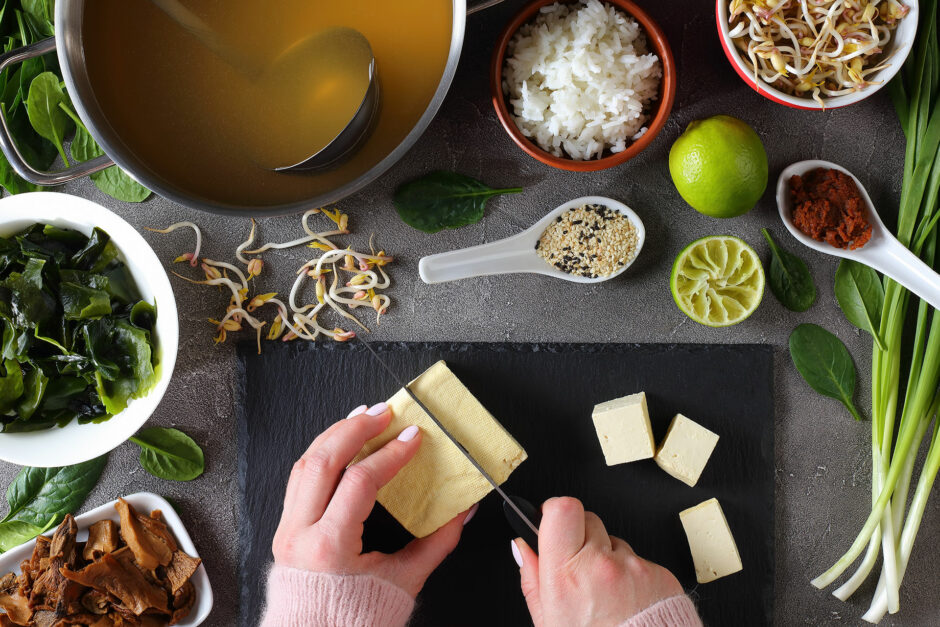
The majority of Asian seasonings—from soy sauces and cooking wines to hot sauces and tangy vinegars—are wholly made with plant-based ingredients; such as fermented rice, soybean, chilli and small fruits. Exceptions being the stronger stuff that are usually umami-taste givers, often made with fermented seafood.
That said, many Asians (especially Buddhists) have practised vegetarian diets for as long as their home cuisines have developed. And you can bet they never miss out the umami flavours even when eating plant-based.
So, if you’re trying out a plant-based diet, here are 5 Asian sauces and condiments that are just as flavour-packed as their ‘originals’. And you can actually find them at your local Asian grocer.

Absolutely essential in Thai, Vietnamese, Lao, Cambodian, Burmese and even Korean cuisine. The versatile amber-coloured fish sauce, with a mild funky aroma and rich savoury taste, can instantly elevate the flavour of any dish. Also enjoyed as a table condiment on its own, or mixed with chilli and lime juice.
Commonly made from fish fermented with brine, the plant-based version recreates the funky, umami flavour—with shiitake mushrooms, seaweed, soy sauce, fermented soybean paste, sugar and salt. Want to try making it yourself at home? Come check out this video recipe.
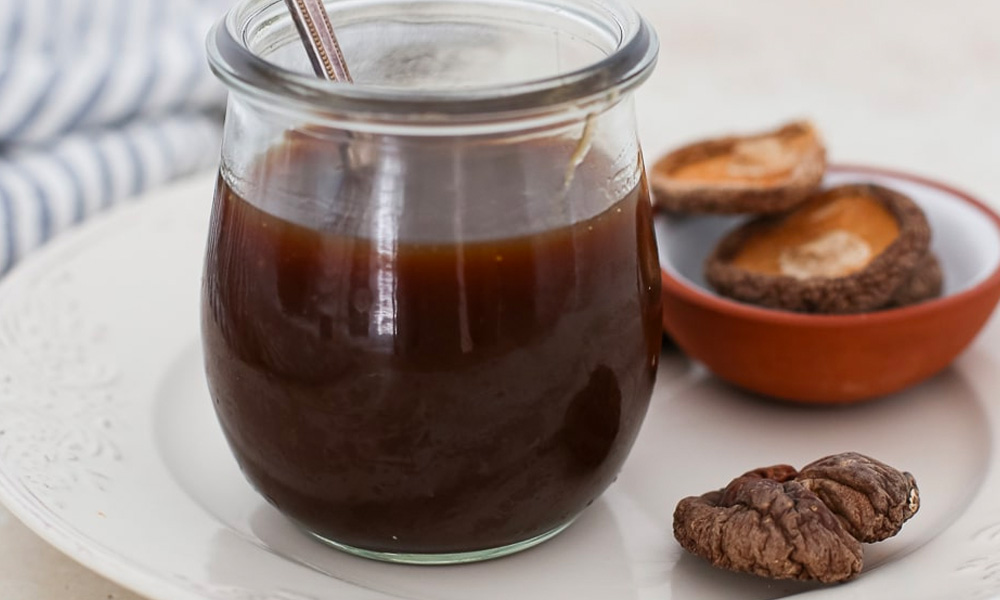
Made from rich oyster extract, oyster sauce is probably the ultimate umami-booster in Chinese stir-fries. With it, even plain greens can become a yummy treat. The plant-based version replaces oyster with kilograms of mushrooms, boiled to release their essence into a rich, thick savoury sauce.
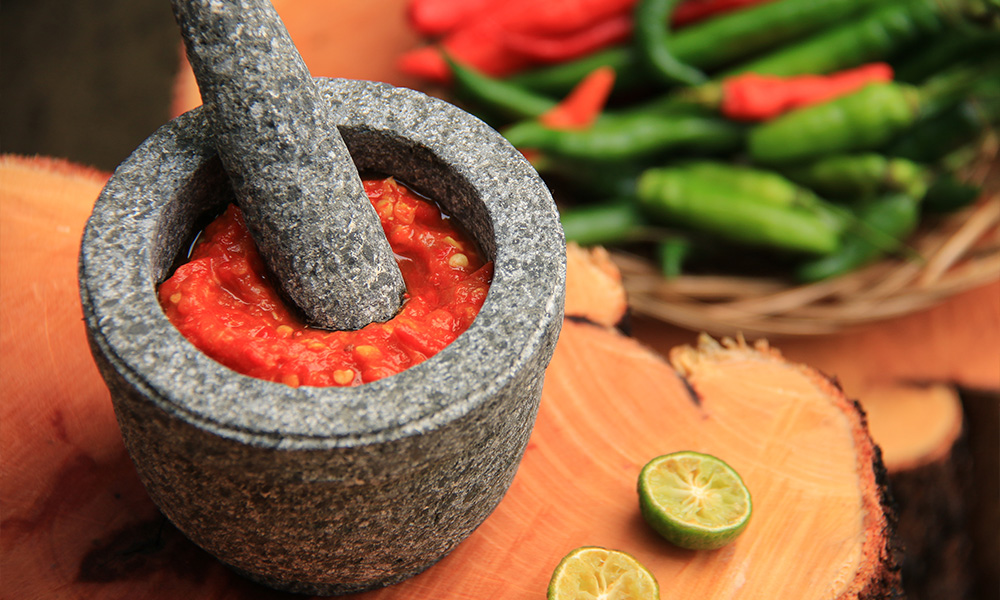
Malaysian and Indonesian cuisines revere the Sambal—Belacan shrimp paste with finely diced shallots, lemongrass, bird’s eye chilli, garlic and galangal with a dash of lime juice; ground into a spicy, pungent and deeply savoury paste.
For the basic vegetarian version, you can actually skip the shrimp paste altogether. If you still want the funky aroma, try looking for vegetarian belacan powder made from fermented soybeans, or replace it with seaweed.
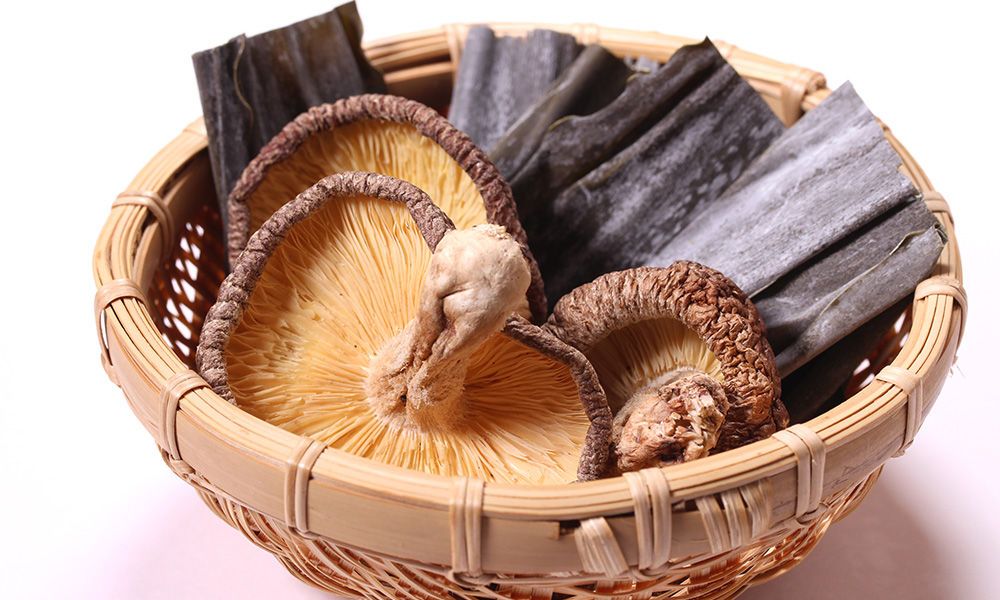
Dashi is the umami stock that enriches Japanese soupy goodies such as miso soup and ramen. Made from boiling dried kelp, dried anchovies and bonito flakes. You can easily make a plant-based dashi at home, by replacing the anchovies and bonito flakes with shiitake mushrooms. Try it with our recipe.
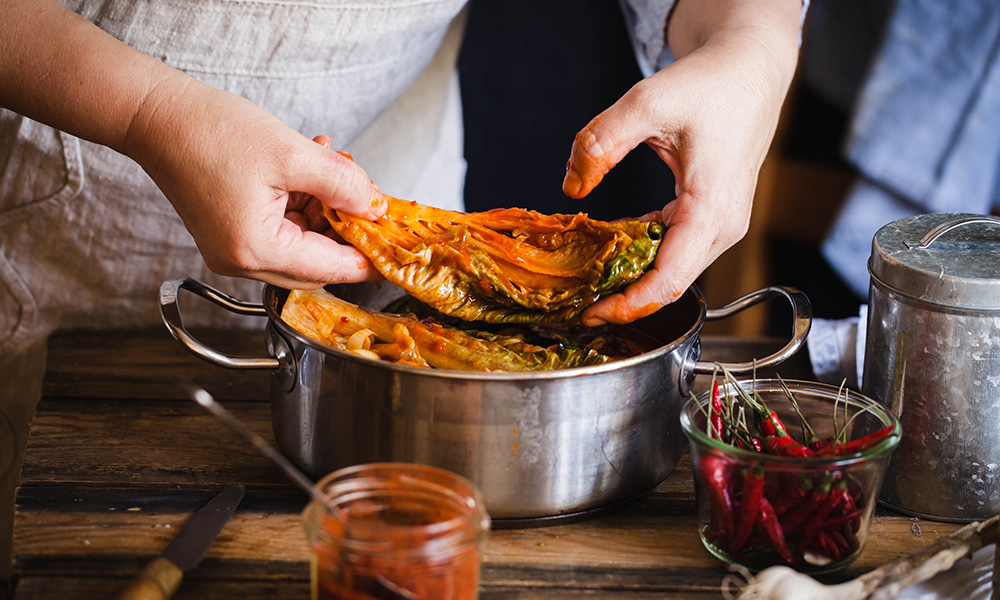
Yes, we’ve sung praises for Kimchi many times. But although it is a veggie side-dish and seasoning, the typical Kimchi isn’t fully plant-based, as it features salted shrimp and fish sauce. But no worries! You can easily substitute the latter ingredients with our Dashi recipe above, or with a vegetarian fish sauce.
Want to have more meat-free meals? Check out our handy guide to ensure you get the nutrition your body needs. Also come savour our top 10 favourite Asian takeaways in delightful plant-based versions, as well as our delicious collection of meat-free recipes.

Lighten your mood and rejuvenate your senses with 6 must-try Malaysian drinks!

Pair your hearty barbecues with these refreshing Asian delights!

What are the properties of ginger, and how to pick, store and use ginger in your cooking? Find out here!